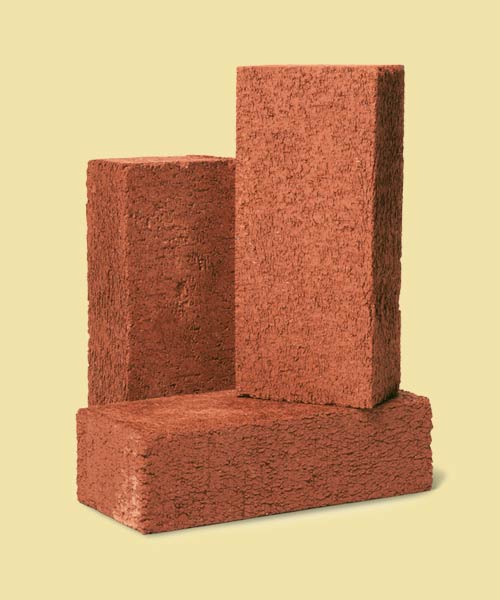I am a relatively new to the business, 1 year, but I was inspecting a 60 year old home with an attached garage, the step from the garage into the home was 10 inches from the garage floor to the house floor. All of the information I can find is for stair riser heights not to exceed 7.75 inches, but not for a single step entry. Should I call this a defect and what would be the recommendation?
Hazard step is to high needs to be repaired Immediately .
Not My job to tell how to fix the step
Step to home from garage is to high (10") Trip hazard needs to be repaired immediately .
Not my job to tell how to do the repair.
Even one riser is considered a stair by definition. The max 7.75" riser height applies. It’s also a safety issue, so stick with that.
It’s also not the inspector’s job to demand immediate repair or any repair at all for that matter. It might be appropriate for the inspector to recommend repair, however the inspector has done their job when they have given the client the information necessary to make their own informed decision.
Roy uses the word “immediately” all the time.
I wonder how many laughs it got when he was actually writing it for his clients?
I want my clients informed. Roy seems to be on a power trip.
Sorry but I feel a safety item needs to be written strong.
If it is written soft and some one is hurt you can be sure they will be after the Home Inspector big time .
How would you handle a gas leak ?? recommend they get it repaired .
Then don’t write it soft - what silly argument! If you follow that logic, you might as well specify the method of repair too because they might not approach it correctly. Continue that train, you might as well do the repair because they might not get that right either…
Home Inspectors have no authority or business demanding repairs, timing of repairs or method of repairs. You are a consultant to the buyer, nothing more or less. Your product is information. Your obligation is to enable your client to make their own informed decisions. Inform your clients. They may demand repair if they feel the same urgency as you do about it.
Sorry I will have to ***disagree with you big time on safety items. . ***
I also asked you how would you handle gas leak I see you ignored my question .
You can be sorry all you want, it doesn’t make you any less silly by demanding immediate repairs. Home inspector is not synonymous with Safety Police. It indicates an inflated sense of self-importance.
The gas leak question should be obvious, I notify the people who might be at risk. Do you think you need to demand that they fix it? Do you think anyone gives a crap that you demand a repair? Do you save lives by calling the fire department when there’s a small gas leak outside at the meter yoke?
2.25 inches over on a single step entry is hardly an “immediate” safety hazard.
Interesting and what would it take for you call an immediate safety hazard .
I think if some one was to trip and break a knee could lead to a law suit .
Please watch this is only 1/2 an inch
Roy, of course that happens when it’s a full flight of steps because the brain gets programmed into thinking all the risers will be the same.
That’s not the case with a single step because the brain has not developed a pattern. The brain merely instructs the person to take a step and move on.
Yep …I still think a 10 step is a serious hazard
http://aix1.uottawa.ca/~nedwards/chru/english/pdf/SafeStairsOct5.pdf
Page nine
What hazards are we talking about?
Stairs may be particularly hazardous when
they are too high (over 7 inches high)
While I do see Roy’s side, I think a hard write up is unnecessary. Most entrance steps to garages are a poured concrete block the builder puts in. Besides how do you divide a 10" height. It would be harder to have two 5" steps. And usually a side door to a garage is rarely used.
I would make note of it and move on.
CYA.
http://www.nolo.com/legal-encyclopedia/stair-accidents-proving-fault-30254.html
**
Stair Accidents: Proving Fault**
If you’ve had an accident on stairs, here’s how to determine if the property owner is at fault.
Common Types of Residential Slip And Fall Accidents
Most residential slip (or trip) and fall accidents involve slipping or tripping on stairs; slipping or tripping on rugs, carpets, or the floor; or slipping or tripping on sidewalks or on ice or snow. Let’s look at some common examples.
[FONT=Cambria]Staircase Accidents[/FONT]
Staircases can be unsafe in many different ways. These factors, among many others, can contribute to someone slipping and falling down a set of stairs:
- risers (the height of each step) are the wrong height or are of varying heights
To each its own. I would mention the trip hazard in the report. and recommend repair. I doubt any client would fix it. Well some clients might ask the seller to fix it. Some clients want everything fixed haha
